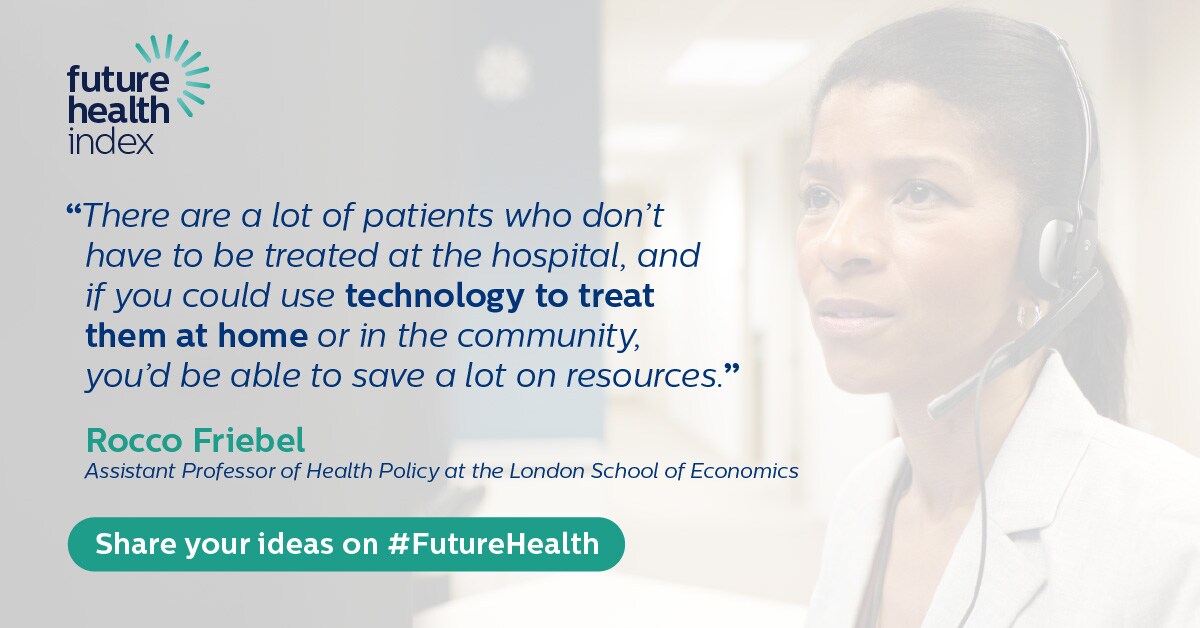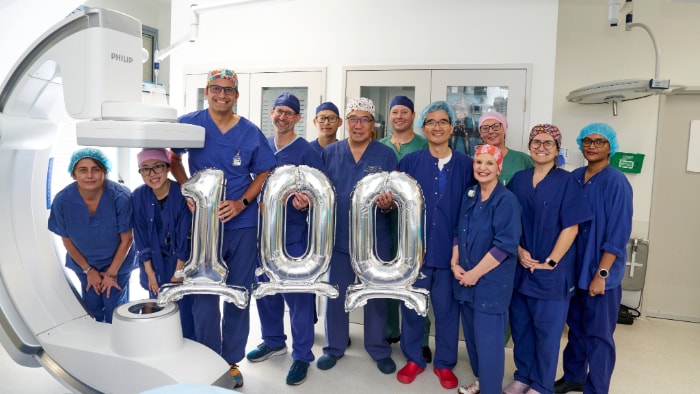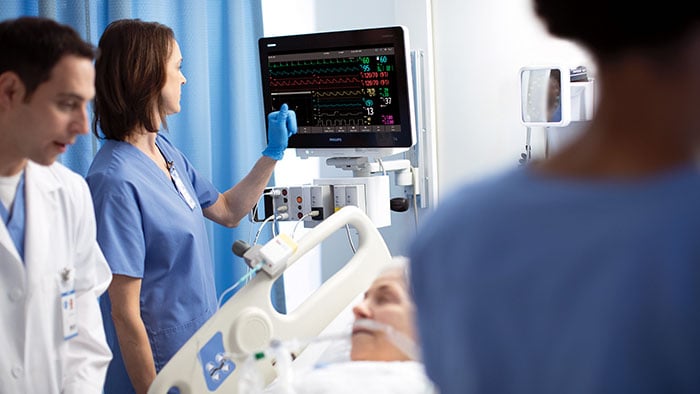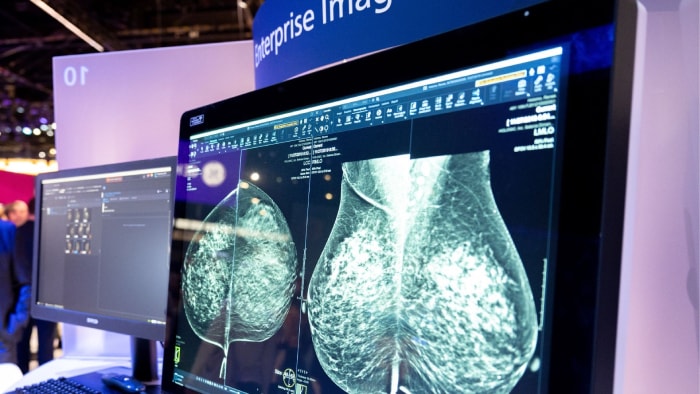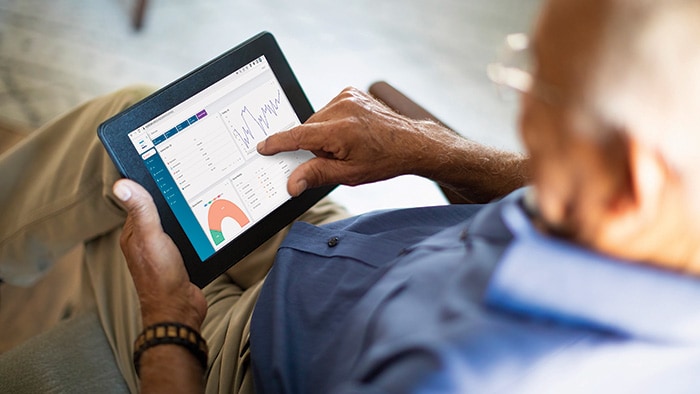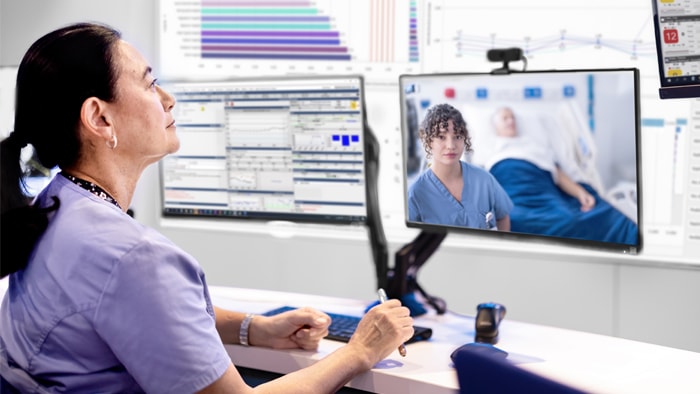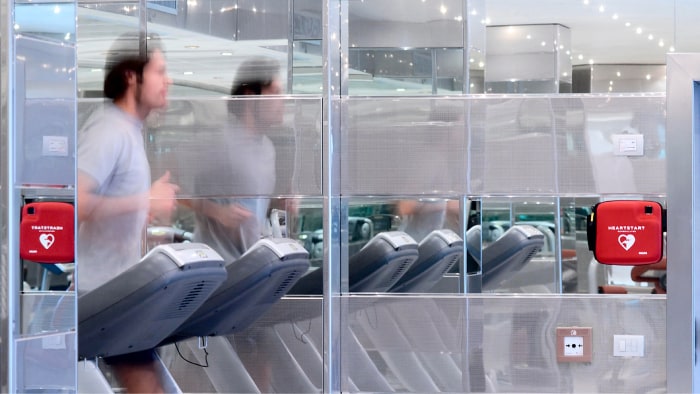Nov 28, 2018
Philips ‘Future Health Index’ report shines spotlight on telehealth in Australia and across the world
Sydney, Australia – Royal Philips (NYSE: PHG; AEX: PHIA), a global leader in health technology, today announced publication of the latest Future Health Index (FHI) report. ‘Telehealth: delivering value across institutional and geographical borders’ is an independent analysis, commissioned by Philips, of the roadblocks and challenges in the deployment of telehealth services in 16 countries including Australia. The report shows that despite the ever-growing number of case studies linking telehealth to more effective care and lower costs, the adoption landscape is mixed across the surveyed countries. Telehealth, the provision of healthcare remotely through telecommunications networks, has the potential to increase access to healthcare, drive better outcomes, reduce costs, ensure healthcare professional satisfaction, and improve the patient experience – five factors that indicate the success of value-based care systems. The latest Future Health Index report shows that connected care technology is already a reality in specific parts of the healthcare system, offering notable benefits in radiology (tele-radiology) and pathology (tele-pathology), where it allows the secure and seamless sharing of medical images for better diagnosis, treatment, follow-up and workload distribution. It is also beginning to be used in general practice (telehealth), remote patient monitoring and the eICU.
A key function of telehealth is connecting people, data and systems. This ensures that patients, no matter when or where they are, can access quality care
Caroline Clarke
CEO ASEAN Pacific at Philips
“Today’s Future Health Index report plays an important part in helping countries such as Australia identify the key barriers to the adoption of telehealth solutions, and find solutions to ensure our healthcare system is operating optimally and the health of the general population continues to progress.”
Opportunities in telehealth
The FHI report highlights inspiring successes in telehealth, such as the eICU – an intensive care unit launched by Philips, Emory Healthcare and Royal Perth Hospital in May 2018. As part of the program, critically ill patients in the US – who could benefit significantly from access to proactive monitoring, allowing for earlier detection of adverse events – are remotely monitored by clinical experts located in Perth, WA. However, it also reveals that the rate of adoption of telehealth solutions worldwide is still relatively slow, despite attitudes favouring connected care technologies increasing. In Australia, 38% of healthcare professionals feel that accessible, secure information sharing platforms between healthcare professionals would have the most positive impact on Australians taking care of their health, and 74% of healthcare professionals said they think IT-based cloud solutions around communication, record management and reporting will have a positive impact on primary care, hospital or healthcare staff overall.
Barriers to telehealth adoption
In total, the report identifies five key factors that are potential, though not insurmountable, barriers to widespread telehealth adoption: Drawing on the results of academic studies and in-depth interviews with key opinion leaders, ‘Future Health Index: Telehealth: delivering value across institutional and geographical borders’ puts forward a set of actionable recommendations to overcome these barriers. The report ends with a clear statement that, as with other aspects of connected care, success in telehealth will ultimately be based on the involvement of multiple actors – healthcare professionals, the general population, payers, regulators and the private sector – together with the recognition that healthcare is, at heart, a human field that depends on people. To download the full ‘Future Health Index: Telehealth: delivering value across institutional and geographical borders’ report, please visit this webpage. For additional Future Health Index related content, please visit www.futurehealthindex.com.
About Royal Philips
Royal Philips (NYSE: PHG, AEX: PHIA) is a leading health technology company focused on improving people's health and enabling better outcomes across the health continuum from healthy living and prevention, to diagnosis, treatment and home care. Philips leverages advanced technology and deep clinical and consumer insights to deliver integrated solutions. Headquartered in the Netherlands, the company is a leader in diagnostic imaging, image-guided therapy, patient monitoring and health informatics, as well as in consumer health and home care. Philips' health technology portfolio generated 2016 sales of EUR 17.4 billion and employs approximately 73,000 employees with sales and services in more than 100 countries. News about Philips can be found at www.philips.com/newscenter.


